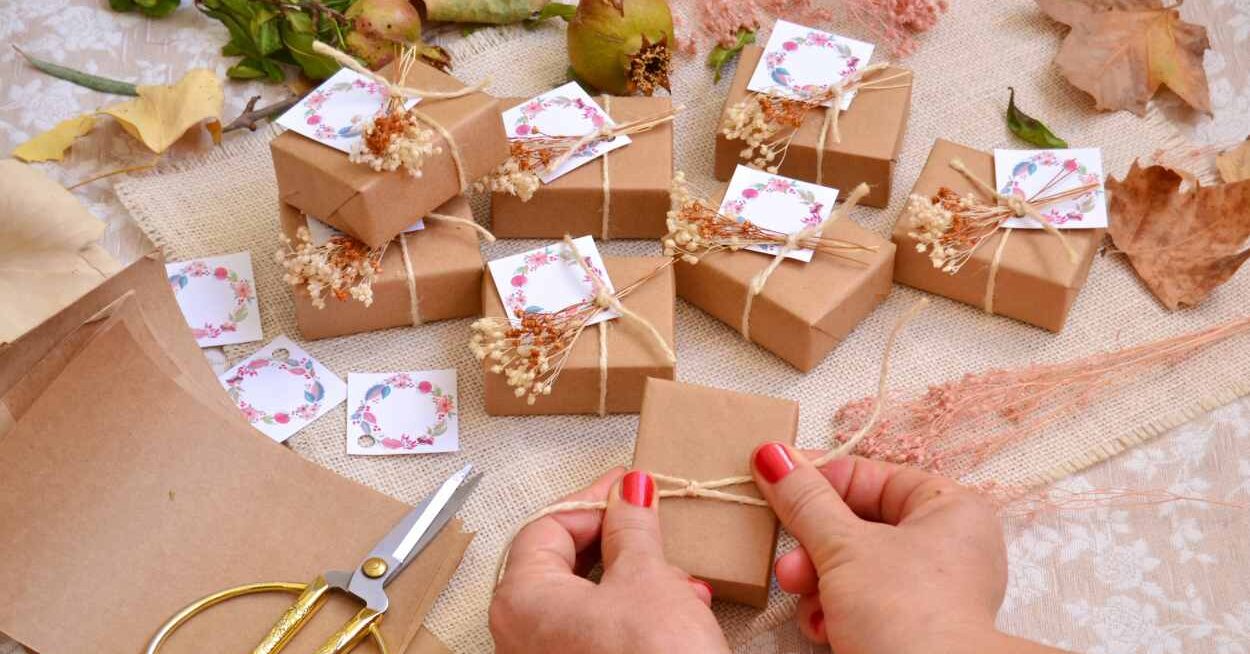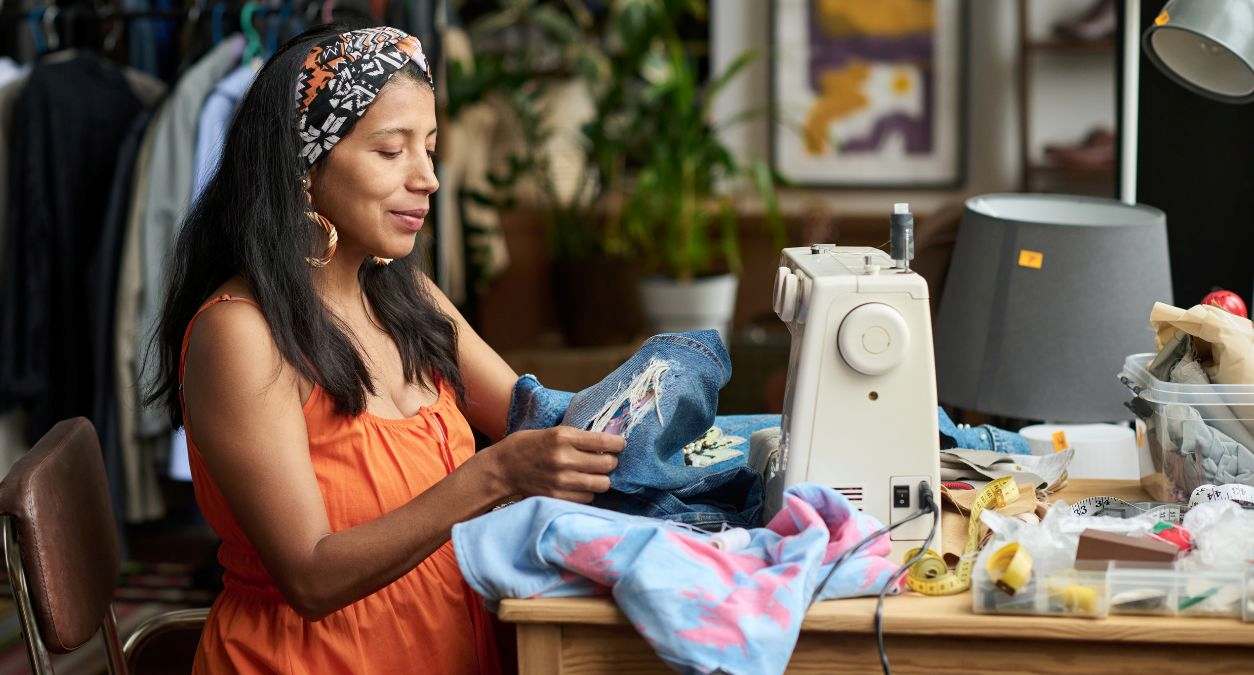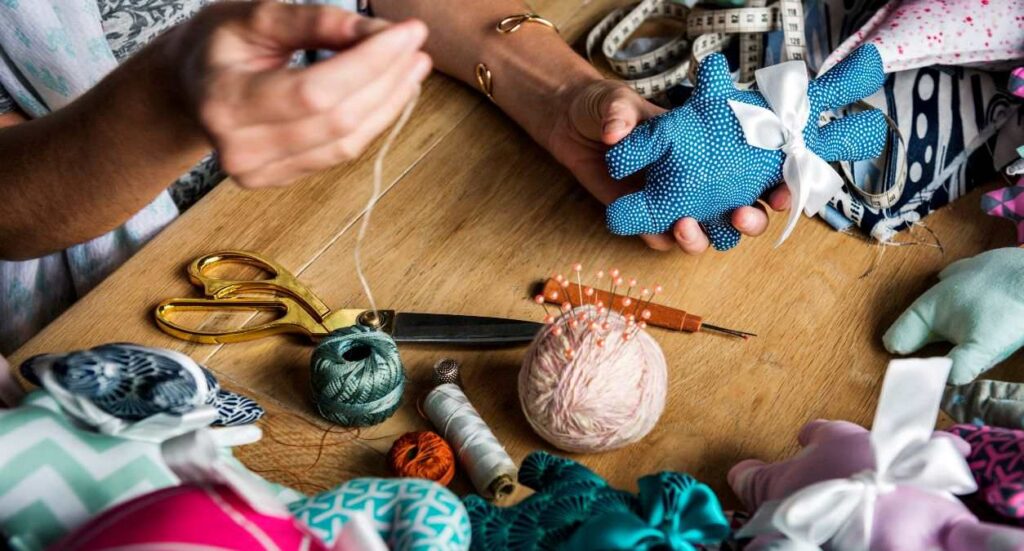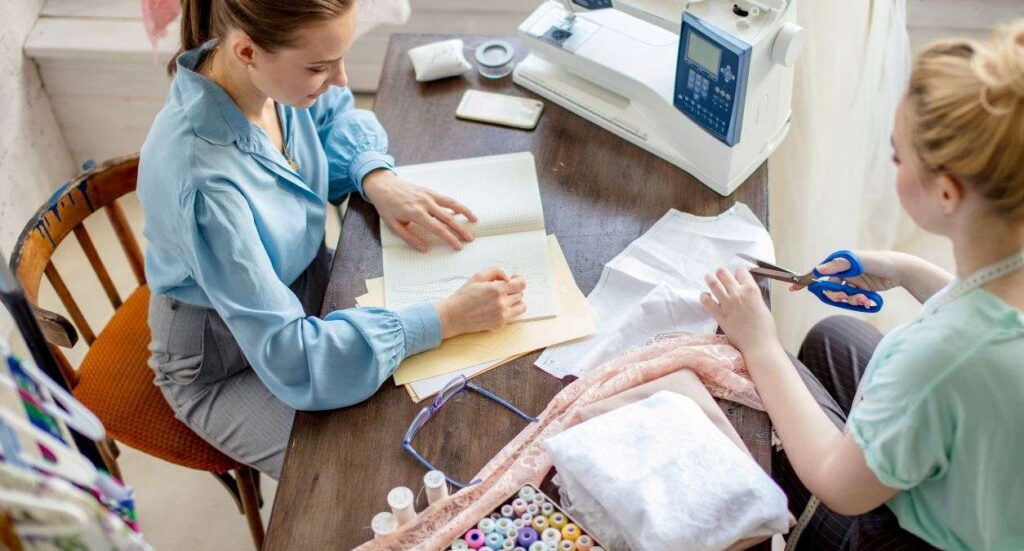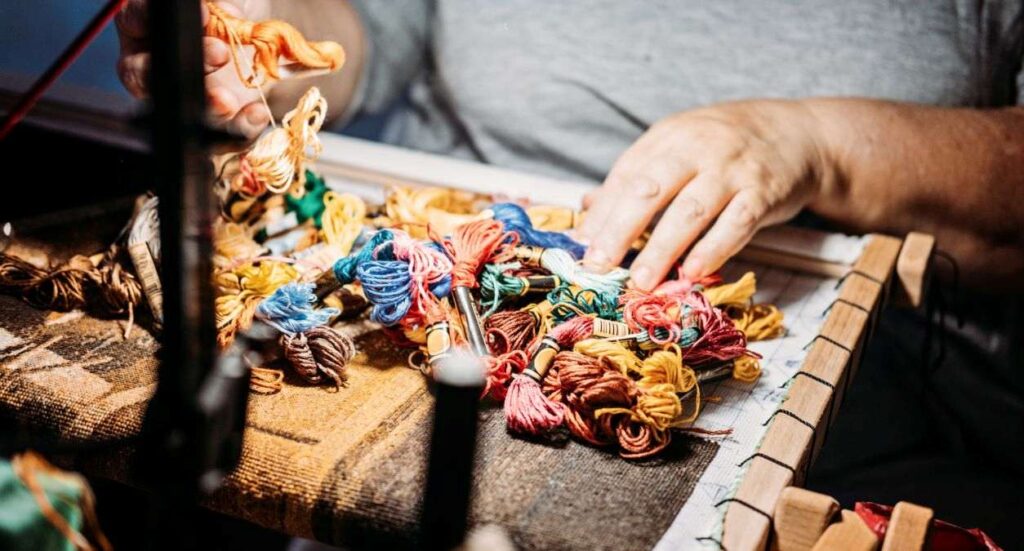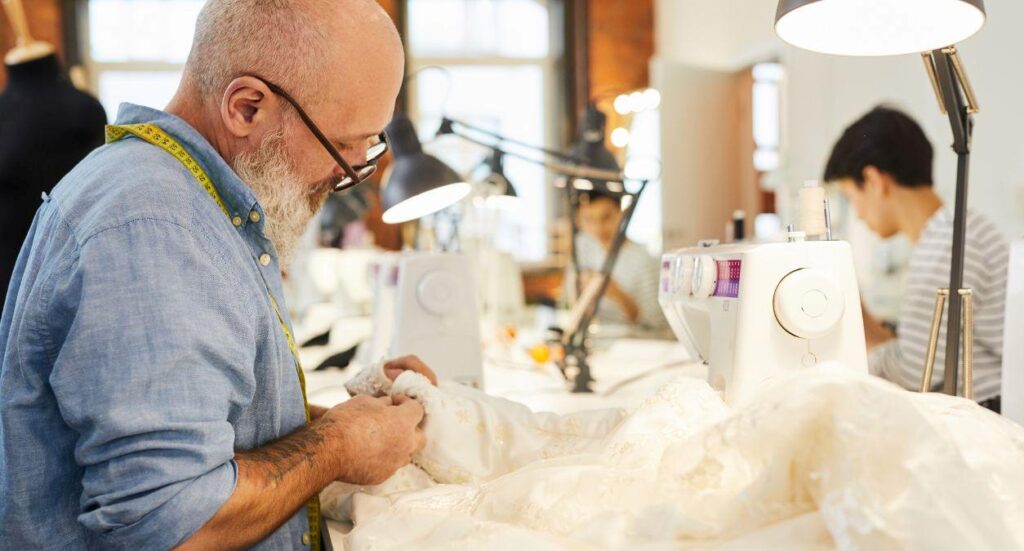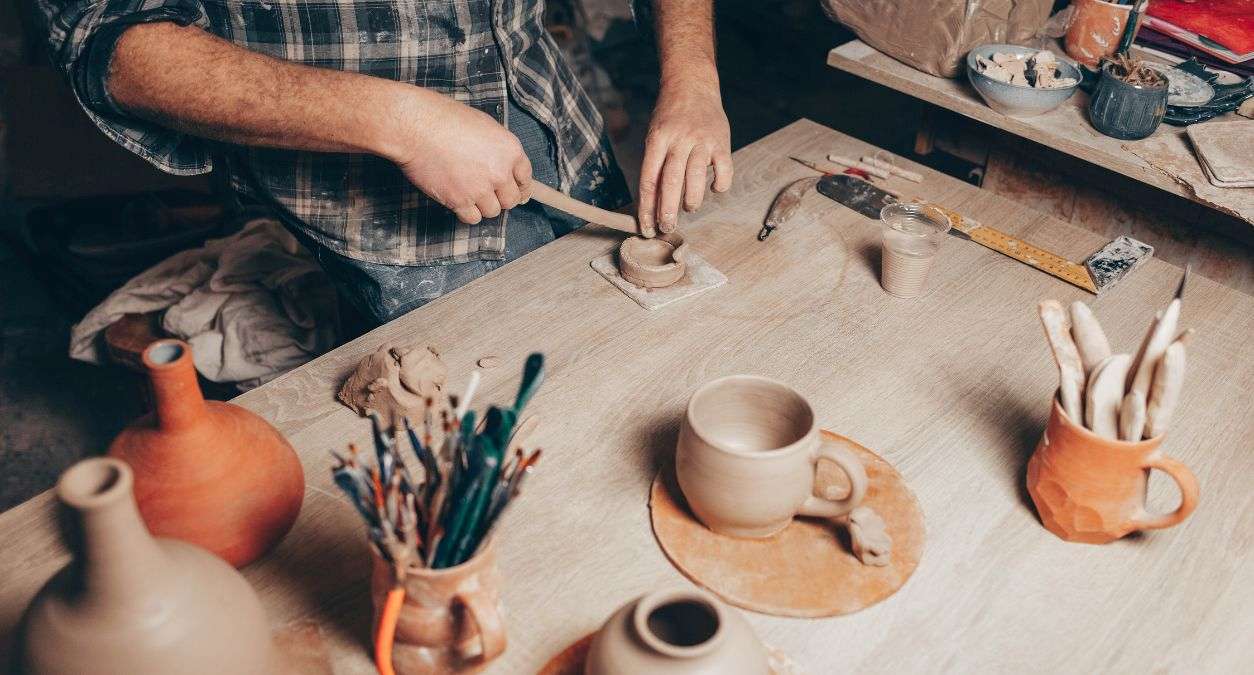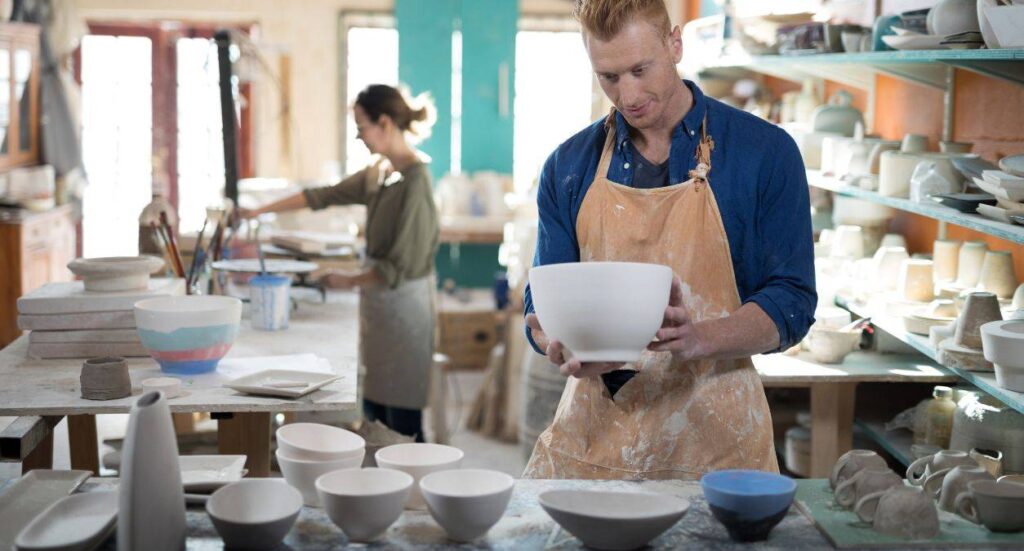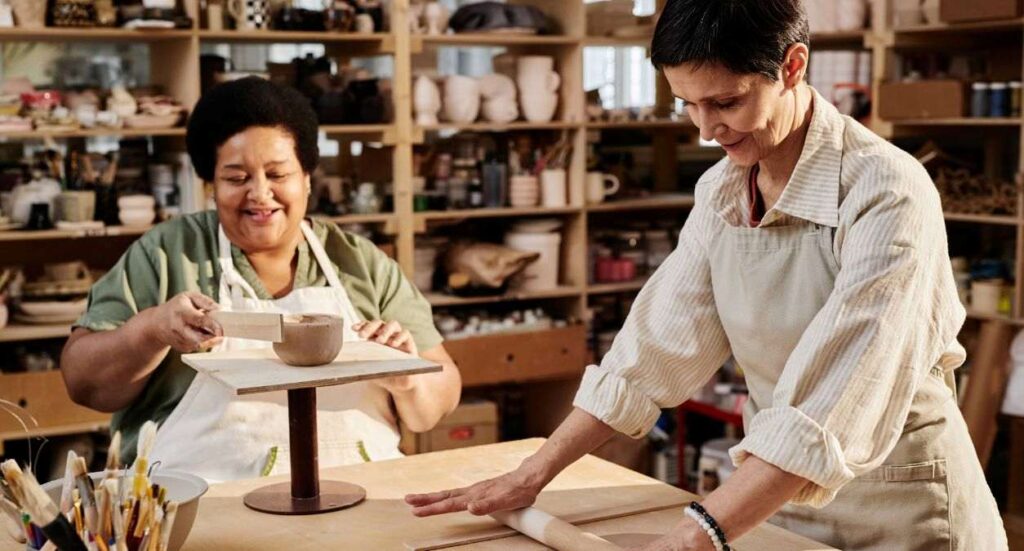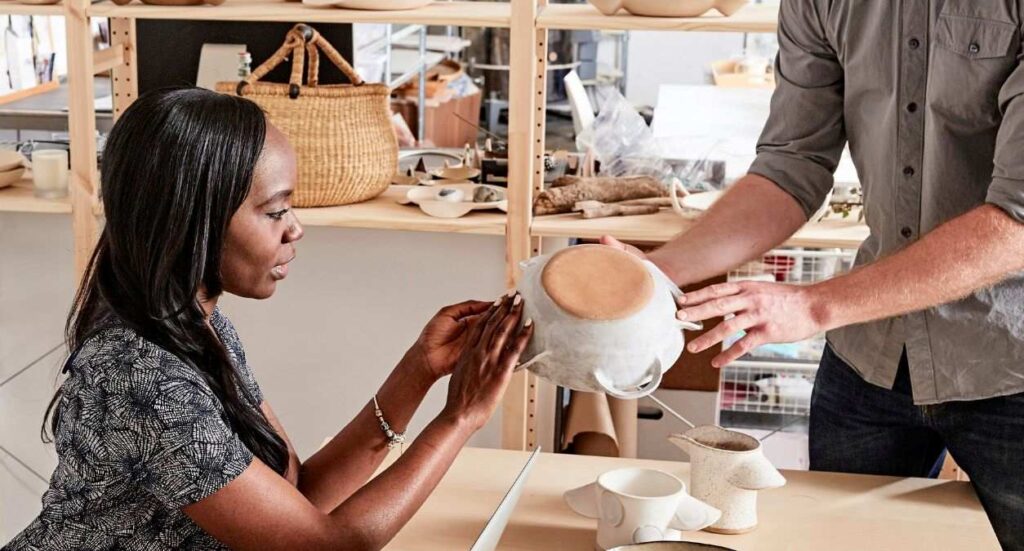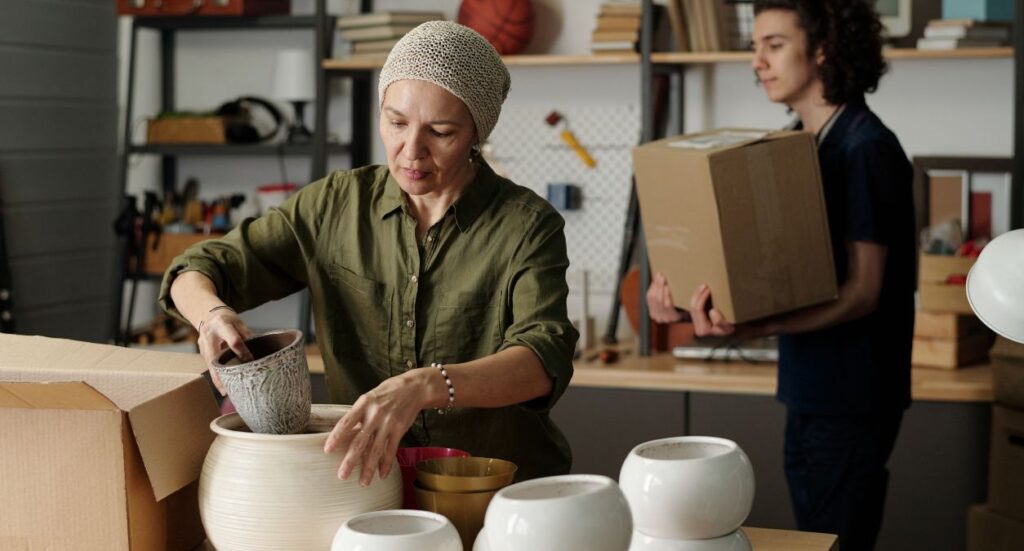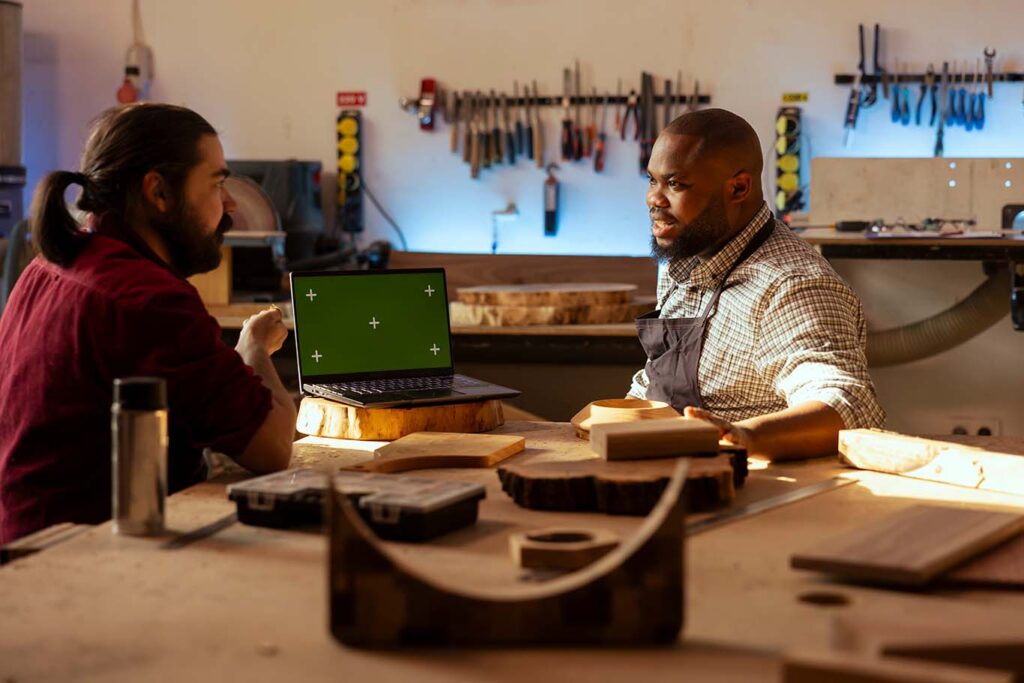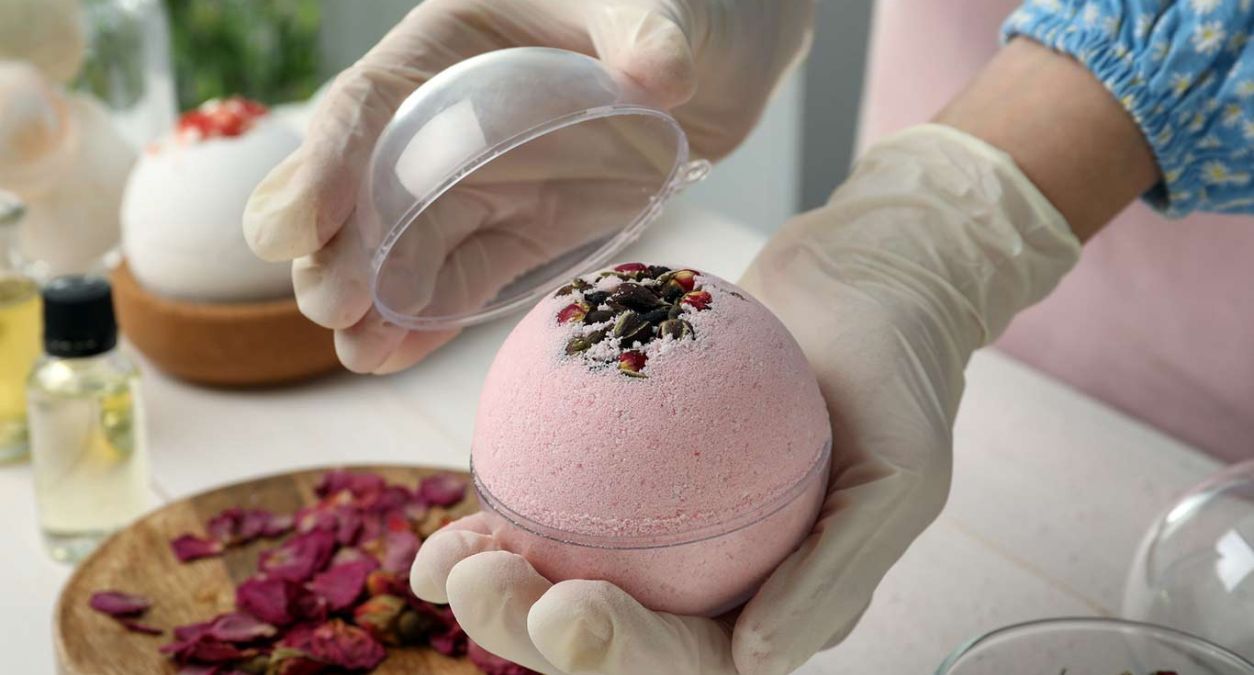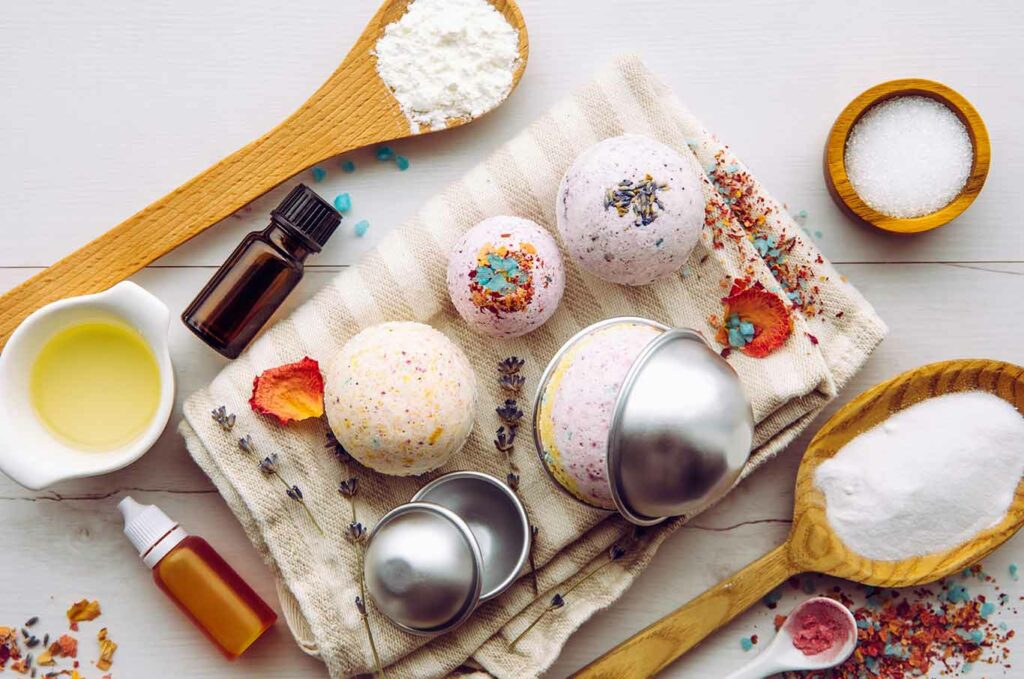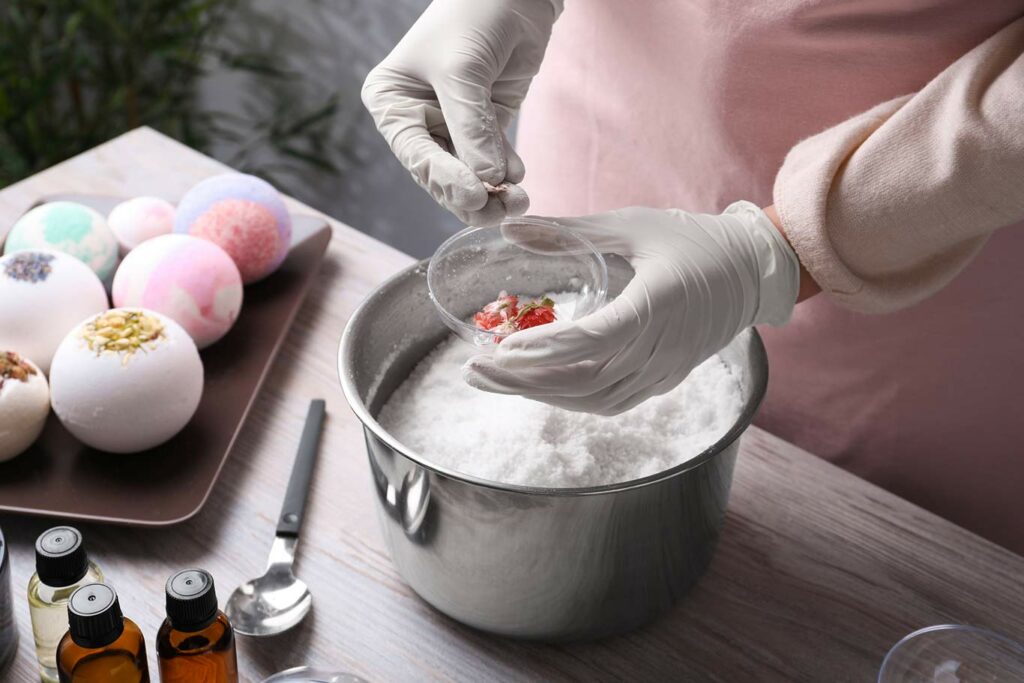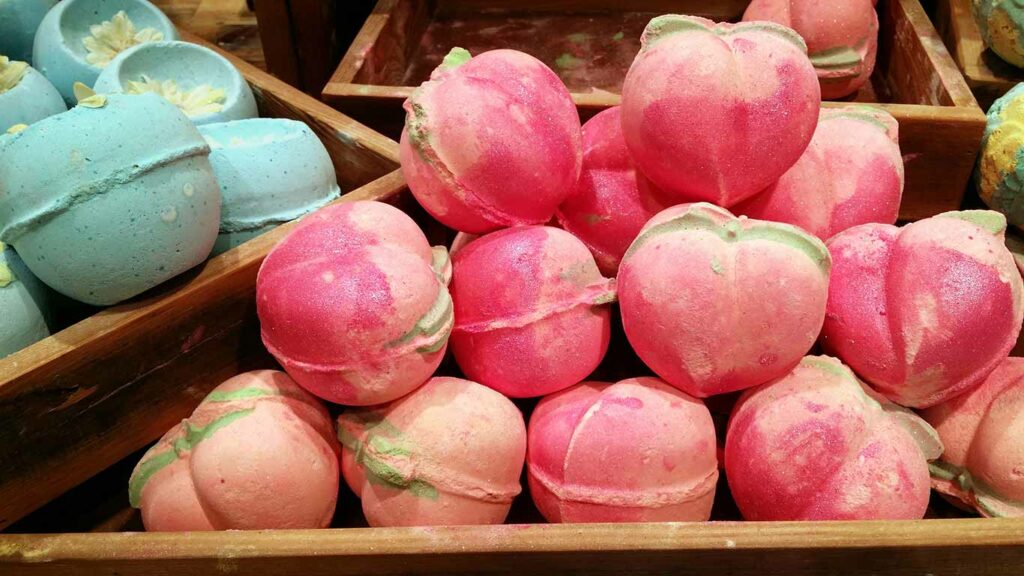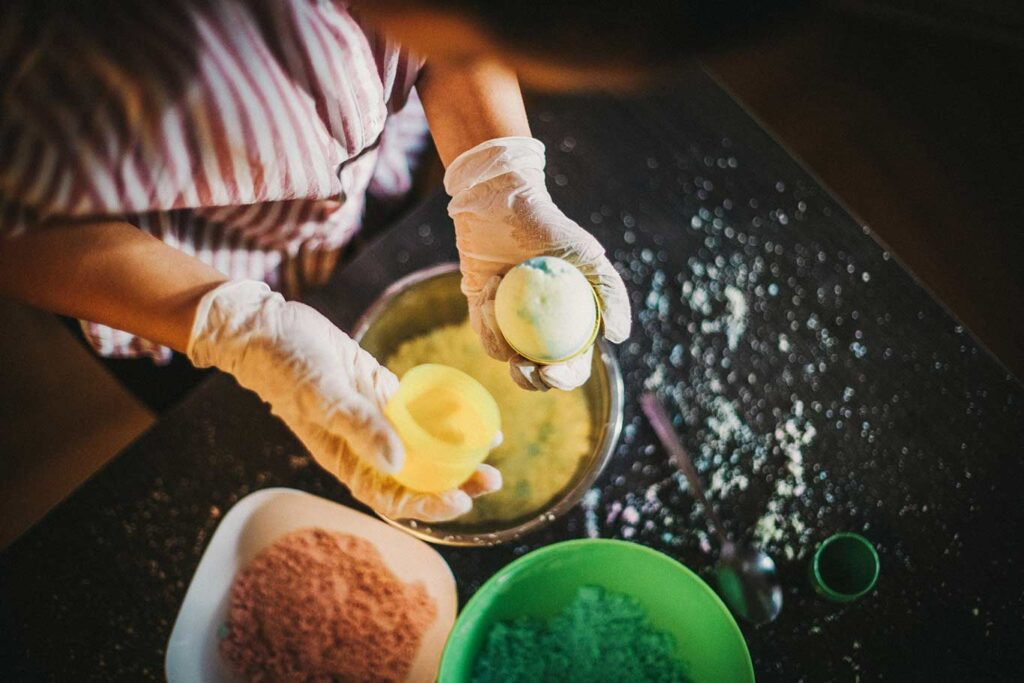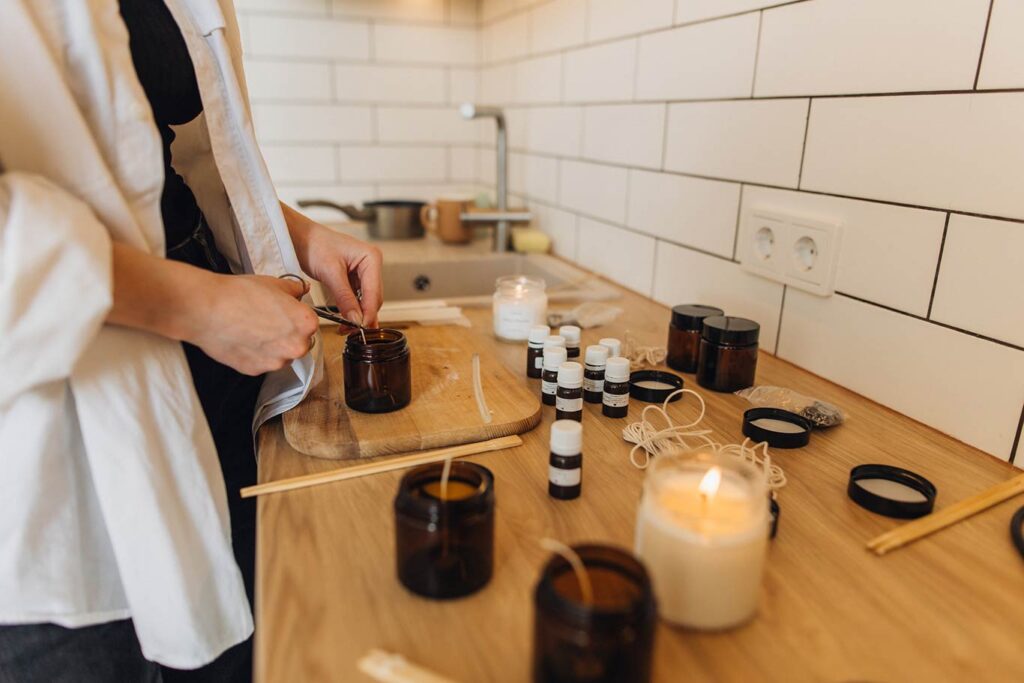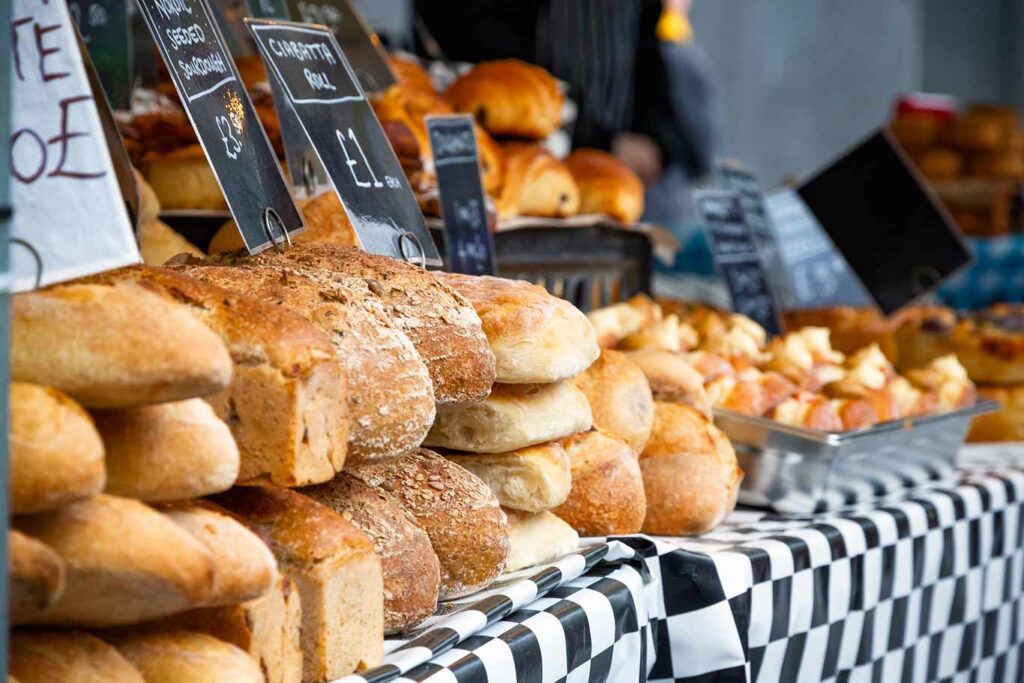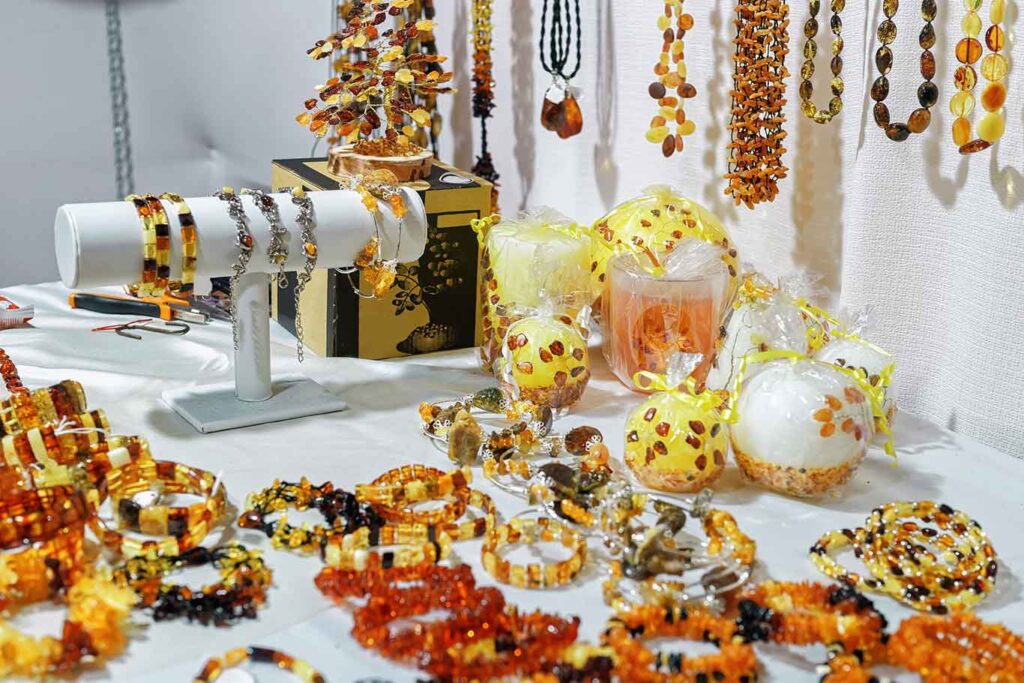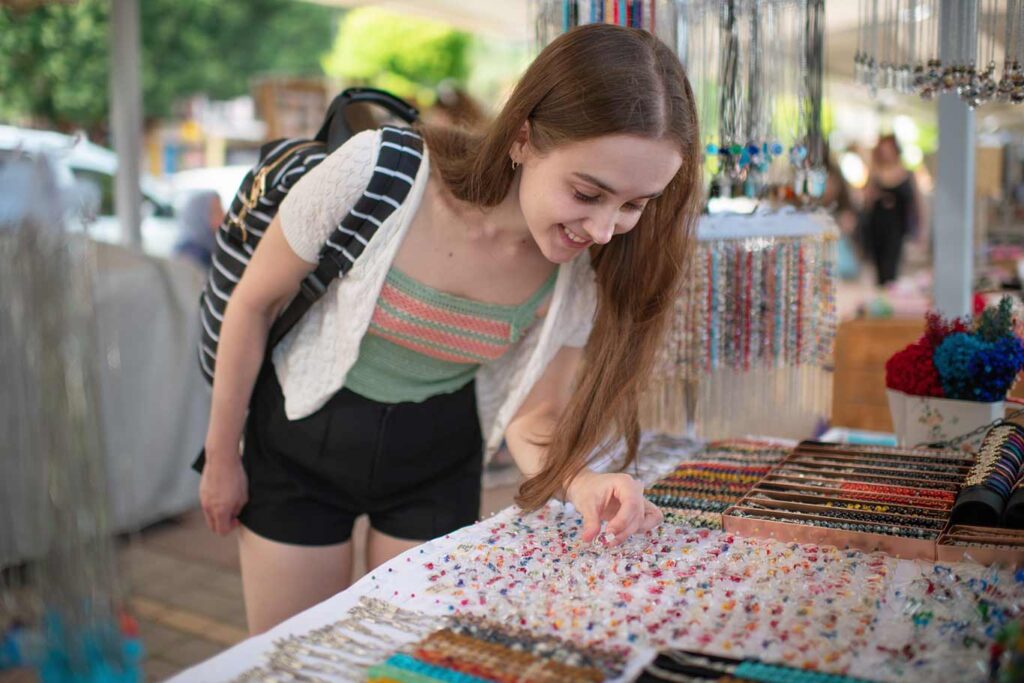Table of contents
Table of contents
Handmade gifts have never been more in demand. With people looking for thoughtful, sustainable, and personal presents, it’s a great time to turn your creativity into income. For the experienced maker or those just starting out, the Christmas season is always an opportunity to start selling your wares, with a wide audience of keen Christmas shoppers to service.
From established online marketplaces like Etsy & Instagram, buyers are moving away from mass-produced items and seeking gifts with meaning and uniqueness.
This shift is especially visible around Christmas, when people want something personal and heartfelt. It’s also the busiest time for online craft sales, with some sellers making half their annual income between October and December.
So, what’s trending this year? Let’s look explore the top handmade gift ideas for 2025, the trends shaping the market, and how to sell your creations safely and successfully.
Top handmade gift trends for Christmas 2025
Before diving into specific crafts, here’s a look at what’s driving handmade gift sales this year:
- Sustainability first: Shoppers want natural materials, low waste, and ethically made goods.
- Pet-inspired presents: Accessories and treats for furry friends continue to soar in popularity.
- Wellness and self-care: Candles, soaps, and bath products that bring calm and comfort are big sellers.
- Personalisation: Names, initials, and custom designs are in high demand.
- Nostalgia and heritage: Traditional crafts like crochet, ceramics, and knitting are making a stylish comeback.
These themes run across multiple product categories, and each offers space to add your own creative touch.
1. Pet Accessories

Why it’s trending:
Pet owners are spending more than ever on their companions, and handmade items from knitted jumpers to personalised collars, add an extra touch of charm.
Selling opportunities:
- Online marketplaces like Etsy, Shopify, and Folksy.
- Local pet boutiques or markets.
- Seasonal “paw-liday” fairs or charity pop-ups.
Safety considerations:
Use strong, non-toxic materials and secure fittings. Always test durability and label items clearly, especially for collars, harnesses, or chew toys.
How to specialise:
Focus on breed-specific fits, matching owner–pet accessories, or sustainable fabrics.
What successful sellers are doing:
Pet influencers on TikTok are driving sales with behind-the-scenes videos of handmade pet gear. Clean photography and relatable storytelling (“made for my labrador Luna…”) build trust and personality.
2. Handmade Candles
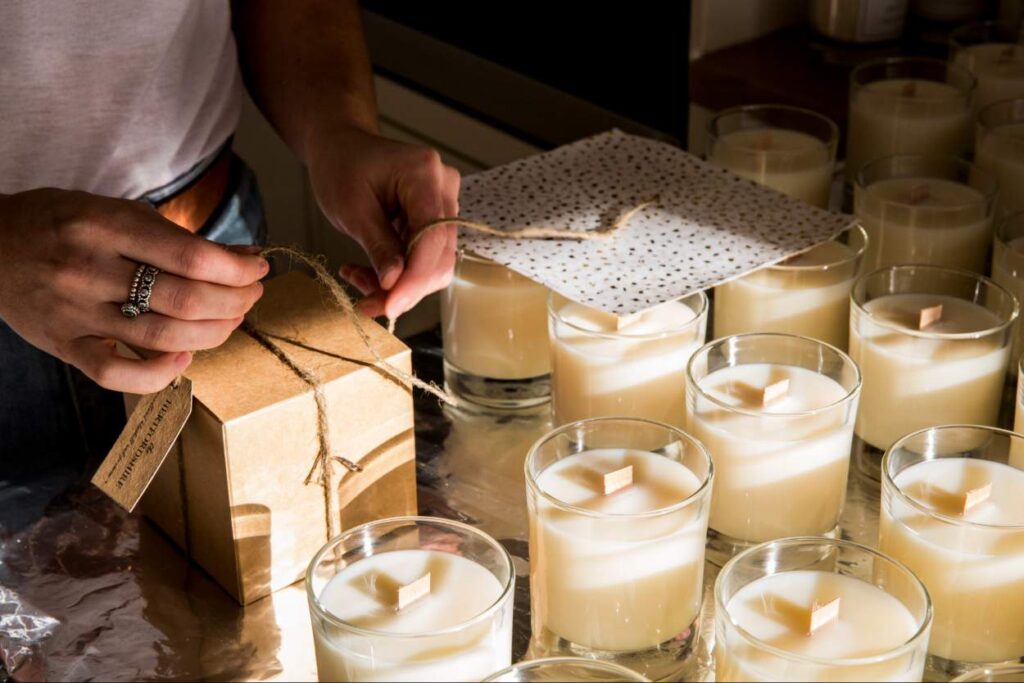
Why it’s trending:
Candles tick every Christmas box they’re cosy, aromatic, and packaged to be very giftable. The rise in self-care and home fragrance keeps this category thriving.
Selling opportunities:
- Etsy and Amazon Handmade remain strong markets.
- Christmas markets and subscription boxes.
- Collaborations with wellness or home décor brands.
Safety considerations:
You’ll need CLP labelling, safe burn testing, and appropriate packaging. Make sure fragrances and dyes comply with regulations.
How to specialise:
Experiment with eco-friendly waxes, essential oil blends, or seasonal scents (think “Clementine & Clove”).
What successful sellers are doing:
Minimalist packaging, refillable jars, and soft-neutral aesthetics dominate the top sellers on Etsy.
3. Tote Bags
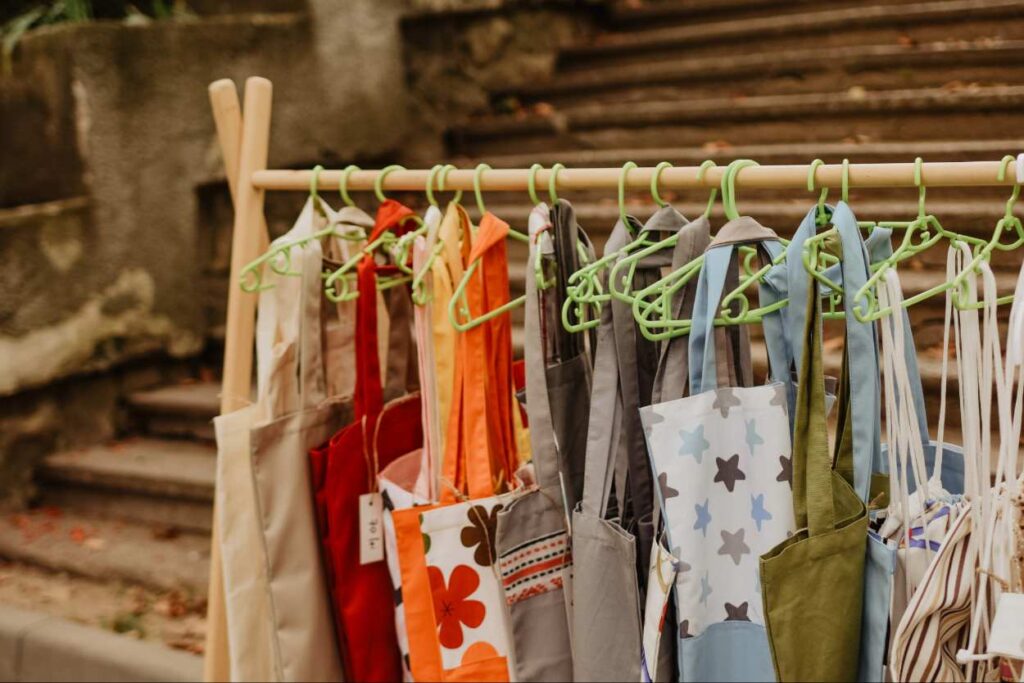
Why it’s trending:
Sustainability meets style. Fabric tote bags are replacing disposable bags, and custom designs make them perfect gifts.
Selling opportunities:
- Online print-on-demand platforms or handmade markets.
- Local gift shops.
- Bundled gift sets (e.g. “bag and candle” pairings).
Safety considerations:
If printing, ensure inks are non-toxic and colourfast. Wash-testing your designs is advisable.
How to specialise:
Offer hand-painted designs, bold slogans, or upcycled fabrics.
What successful sellers are doing:
Social sellers on Instagram and TikTok use “design reveals” or timelapse videos to showcase artistry and process, key for engagement.
4. Jewellery
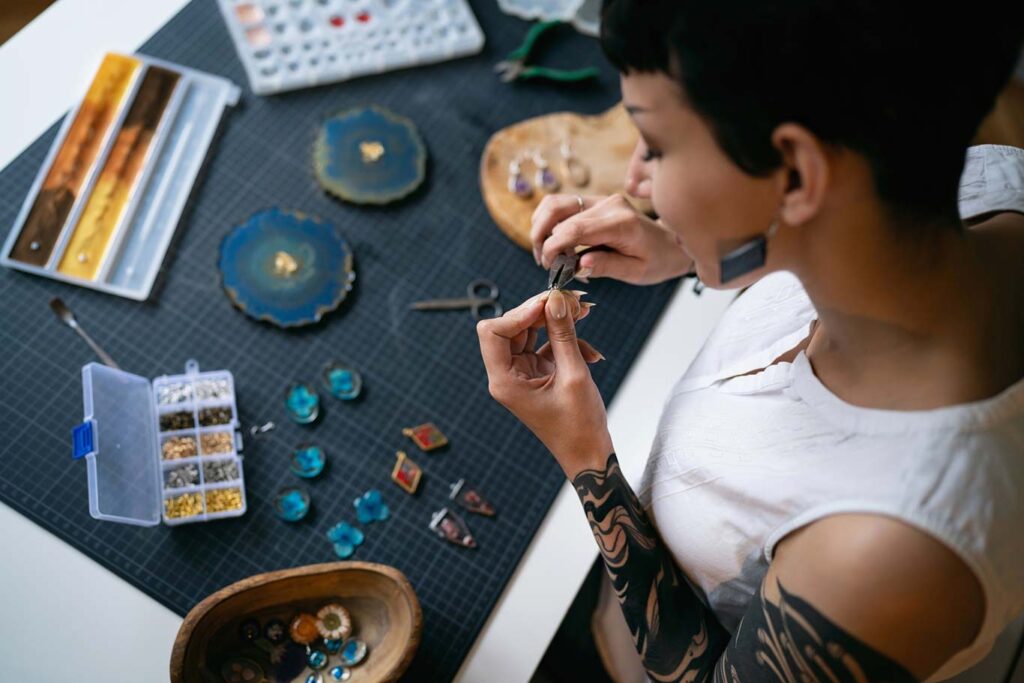
Why it’s trending:
Personalised and handmade jewellery remains a timeless gift choice. Buyers love meaning from birthstones to initials.
Selling opportunities:
- Etsy, Shopify, and boutique pop-ups.
- Partnerships with local fashion or gift stores.
Safety considerations:
If items touch the skin, disclose all materials and avoid allergens. Make sure clasps and joins are secure.
How to specialise:
Focus on one material or story; recycled silver, hand-stamped messages, or minimalist pieces.
What successful sellers are doing:
Clean product photography with neutral backgrounds and lifestyle shots (e.g. jewellery worn in natural light) help pieces stand out online.
5. Beauty products
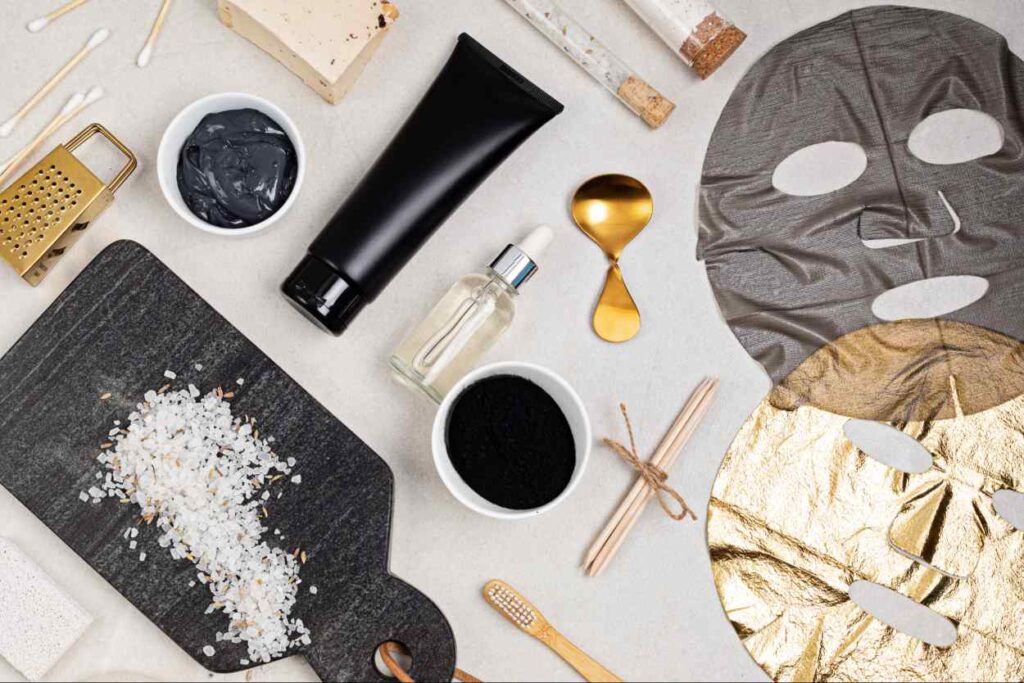
Why it’s trending:
Consumers want self-care products that are kind to both skin and the planet. Handmade soaps, scrubs, and balms make great gifts, something individuals might not buy for themselves.
Selling opportunities:
- Online shops or craft fairs.
- Subscription boxes or spa gift collaborations.
Safety considerations:
Follow UK cosmetic regulations, including ingredient safety assessments and labelling.
How to specialise:
Use botanical ingredients, create themed sets (e.g. “Winter Calm”), or package with reusable containers.
What successful sellers are doing:
Brands are focusing on transparency and eco values sharing ingredient stories and small-batch processes through video content.
6. Ceramics
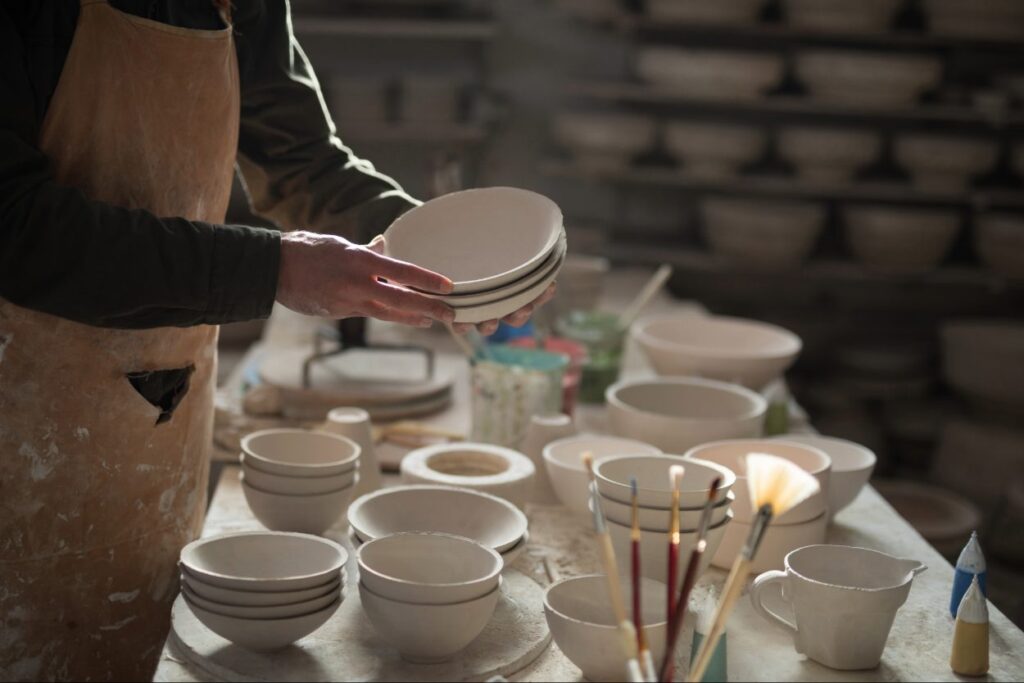
Why it’s trending:
The slow-living movement has renewed love for pottery. Handmade mugs, vases, and ornaments are top seasonal sellers.
Selling opportunities:
- Local galleries, pop-up shops, and Etsy.
- Open studio events or pottery markets.
Safety considerations:
Ensure glazes are food-safe and that kiln-fired pieces meet temperature standards for intended use.
How to specialise:
Create a signature glaze or focus on a product line (mugs, planters, seasonal décor).
What successful sellers are doing:
Soft-toned photography and story-led branding (“From clay to cup”) connect with buyers seeking authenticity.
7. Cards & Stationery
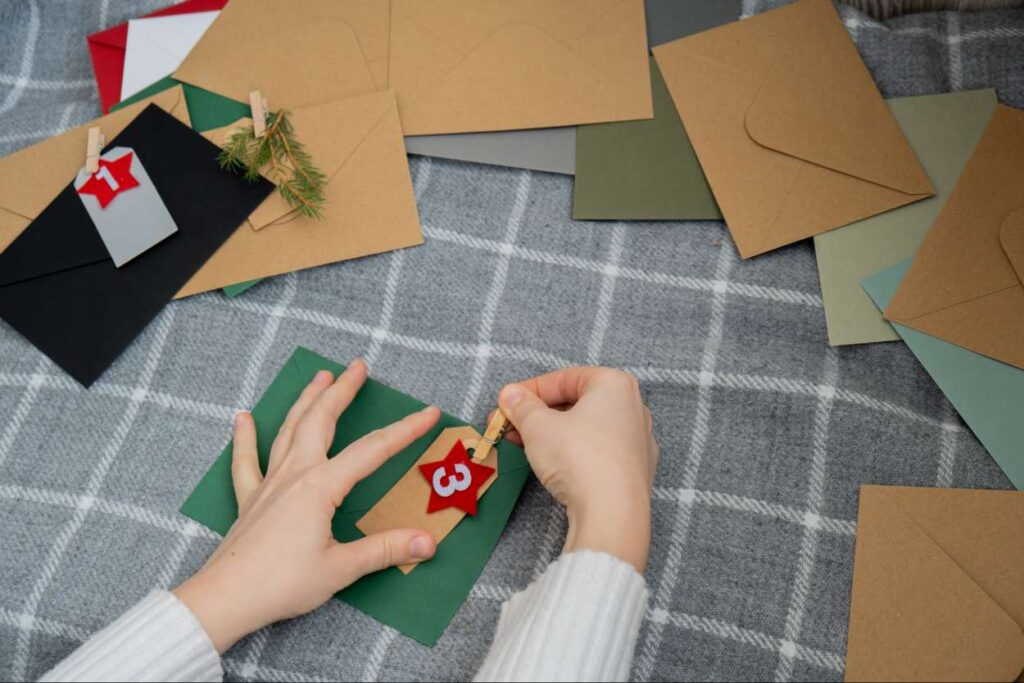
Why it’s trending:
Digital fatigue has made physical cards feel more special. Handmade cards and planners are meaningful and can be eco-conscious.
Selling opportunities:
- Etsy, Not On The High Street, and local gift shops.
- Holiday markets and personalised order commissions.
Safety considerations:
Use recyclable materials and avoid glitter that isn’t biodegradable.
How to specialise:
Offer custom messages, illustrations, or limited-edition holiday prints.
What successful sellers are doing:
Many sellers share “process reels” showing hand-lettering or printing techniques connecting craft with emotion.
8. Soap & Bath Bombs
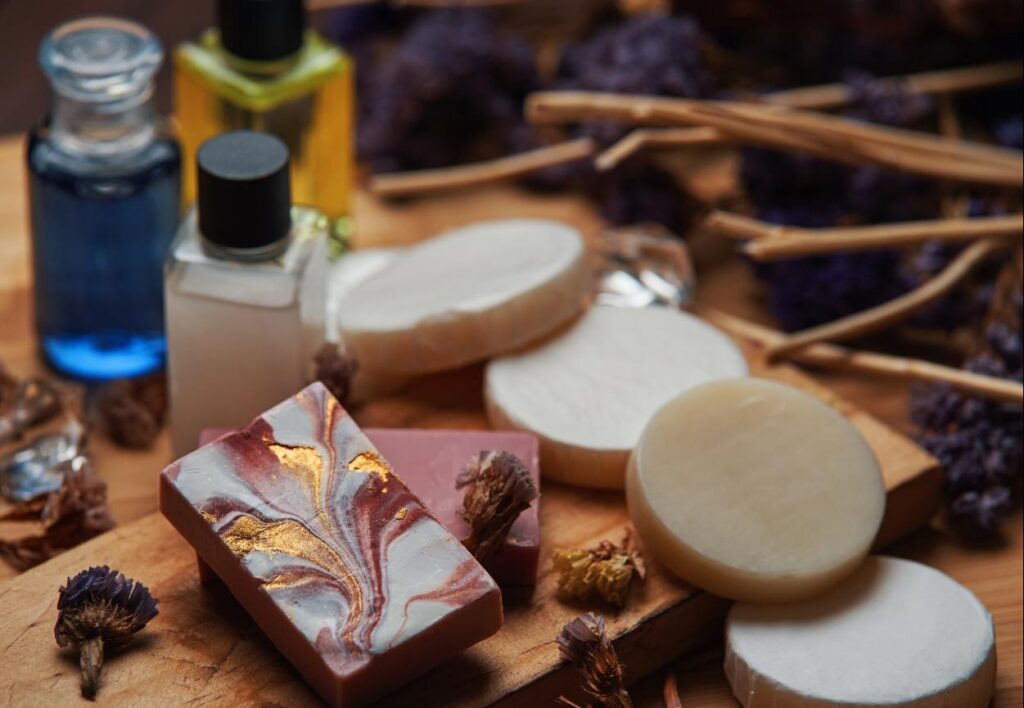
Why it’s trending:
Affordable indulgence is ideal for gifts. Handmade bath items are perfect stocking fillers and self-care treats.
Selling opportunities:
- Etsy, Shopify, or local gift boxes.
- Markets and pamper events.
Safety considerations:
You’ll need Cosmetic Product Safety Reports (CPSRs), batch records, and labelling.
How to specialise:
Create themed scents (“Gingerbread Dreams”) or unique shapes and colours.
What successful sellers are doing:
Eye-catching visuals and playful packaging help products stand out in busy marketplaces.
9. Customised T-Shirts
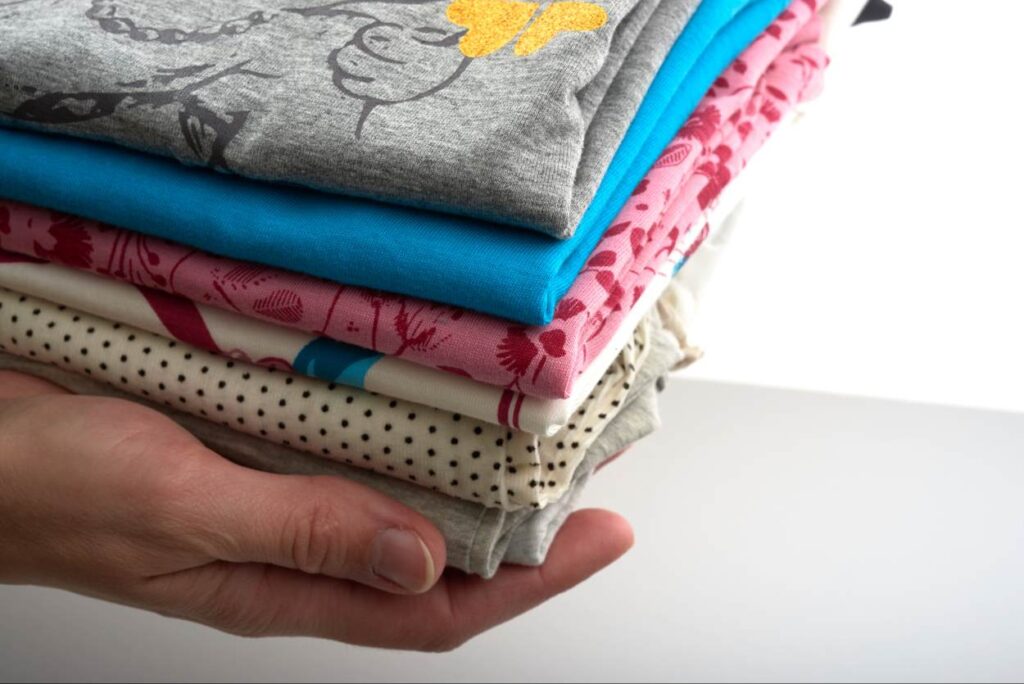
Why it’s trending:
Personalised fashion has had momentum for a while, from slogans to embroidered designs.
Selling opportunities:
- Print-on-demand services.
- Etsy or social media-driven shops.
Safety considerations:
Ensure inks and transfers are compliant with safety standards and suitable for fabric type.
How to specialise:
Offer humour, niche communities (e.g. book lovers, dog mums), or local pride designs.
What successful sellers are doing:
TikTok creators use “reaction-style” videos where they print orders live are an engaging sales driver.
10. Textiles: Knitted, crocheted & woven creations
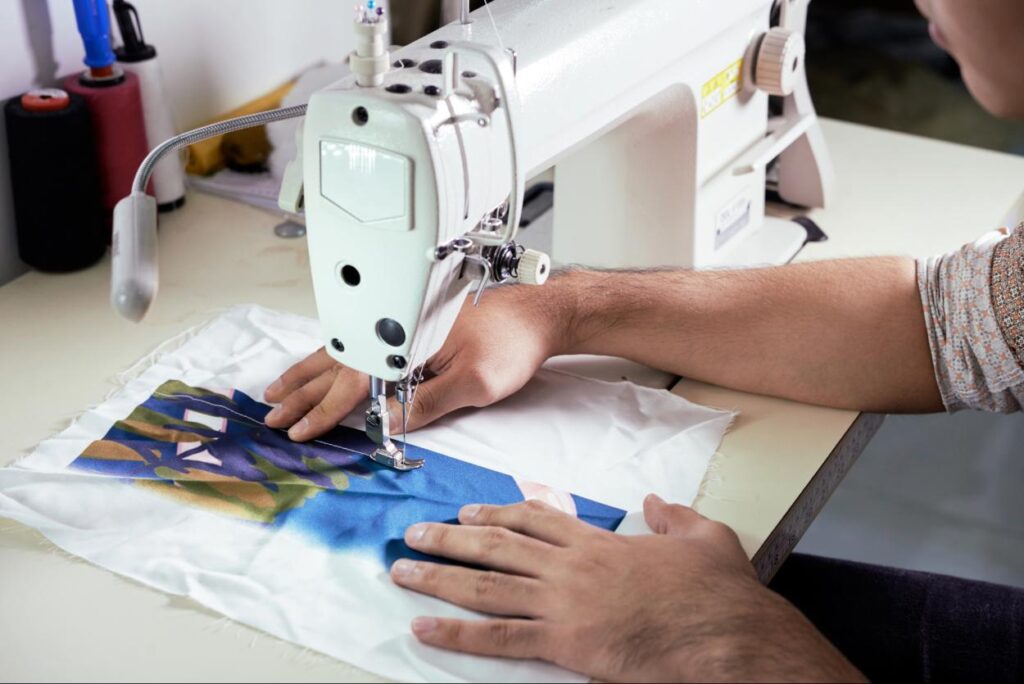
Why it’s trending:
Cosy, nostalgic crafts are back. Handmade scarves, blankets, and beanies feel comforting and personal.
Selling opportunities:
- Christmas markets and Etsy.
- Instagram shops or local pop-ups.
Safety considerations:
Use quality yarns and include care instructions. Avoid loose fibres for baby items.
How to specialise:
Develop a signature palette, pattern, or theme (e.g. “Scandi knits” or “retro crochet”).
What successful sellers are doing:
Sellers who share the “story behind the stitches” – photos, patterns, or timelapses to attract loyal followers.
Emerging craft trends for 2025–26
Looking ahead, a few shifts are already taking shape:
- Digital craft fusion: Using AI tools for pattern design or product mock-ups.
- DIY-at-home kits: Craft kits for gifting or learning new skills.
- Upcycled fashion: Turning pre-loved fabrics into new designs.
- Functional décor: Practical handmade pieces with modern style.
Exploring these now could give you an edge in next year’s market.
Selling smart this Christmas
To make the most of the festive rush:
- Start early: List products by late October, early November to capture early shoppers.
- Optimise listings: Use clear titles, natural lighting for photos, and detailed descriptions.
- Promote on social media: Short videos and gift guides perform well on TikTok and Instagram.
- Plan your stock: Focus on bestsellers and bundle items to increase order value.
Safety & legality for confidence
Selling to the public brings responsibility. Here are some basics:
- Check any labelling or testing requirements for your category (especially cosmetics and candles).
- Consider public liability insurance for markets or fairs.
- Be transparent about materials, allergens, and care instructions.
Taking the time to do this properly builds trust — and protects your growing business.
Finding your niche
Successful handmade sellers stand out through consistency in their product range, photography, and tone.
- Tell your story: Why you started making what you make.
- Keep your visuals cohesive: Use a simple backdrop and natural light.
- Offer great service: Quick communication and thoughtful packaging go a long way.
Your handmade brand is more than the product and you should share what makes you different.
Explore more: Why your small business needs a niche →
Crafting a merry and meaningful Christmas…
Handmade selling isn’t just about profit – it’s about sharing creativity and connection. This Christmas, thousands of shoppers will choose gifts made by people, not factories.
Whether you’re pouring candles, knitting scarves, or printing t-shirts, your craft has a place in that story.
Take your time, plan ahead, and enjoy the making!
Specialist Crafters Insurance from Protectivity
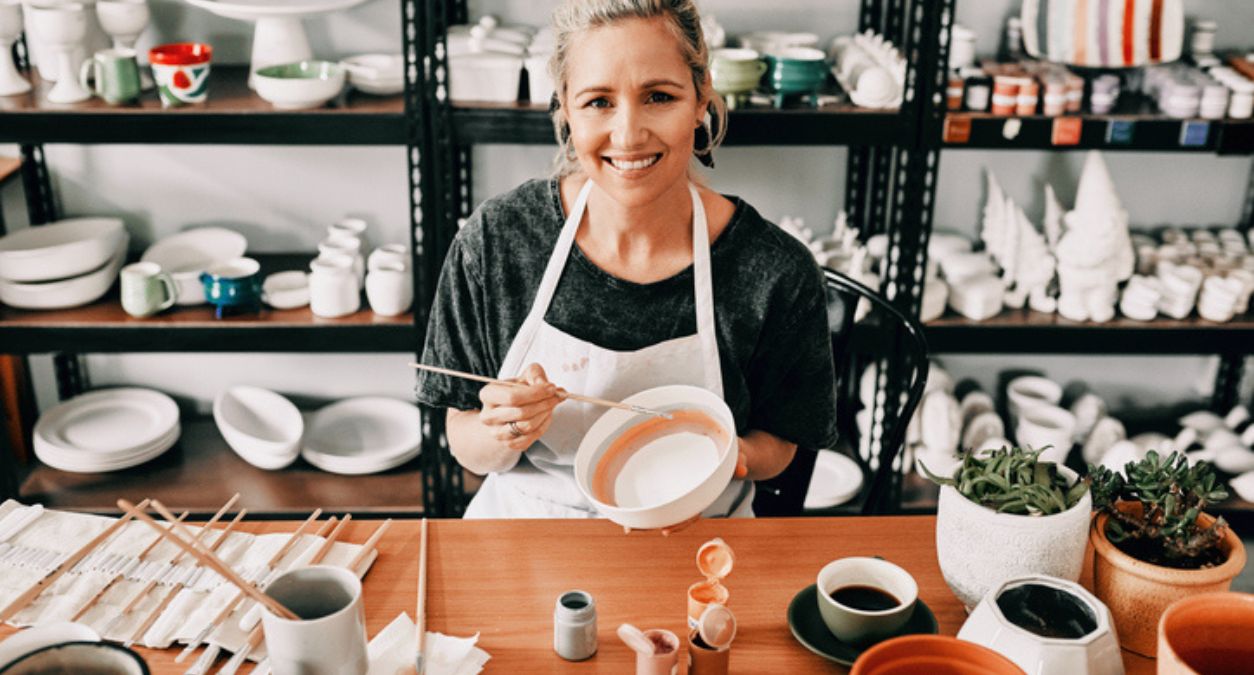
Be sure to consider specialist Crafters Insurance from Protectivity
Getting the right insurance will help you to preserve your brand reputation and protect your finances, reassuring you to focus on doing the work you love.
Protectivity’s crafters insurance is designed to support you as you grow your new business. Our specialist insurance includes public liability, employers’ liability, products liability and equipment and stock cover. If you’re planning to sell your crafts at fairs, take a look at our craft fair public liability insurance here.
Find out more and get an online quote suited to your business.
*Disclaimer – This blog has been created as general information and should not be taken as advice. Make sure you have the correct level of insurance for your requirements and always review policy documentation. Information is factually accurate at the time of publishing but may have become out of date.
Last updated by




